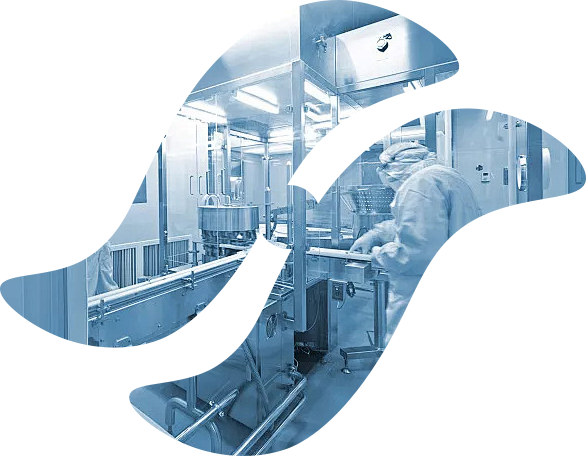Inside the Manufacturing Process of Crystal Oscillators Today
Crystal oscillators are vital components in nearly every modern electronic device—from smartphones and computers to satellites and communication systems. These tiny components generate highly accurate frequency signals that serve as timing references. But have you ever wondered how a crystal oscillator is made? Today's manufacturing process combines precision engineering, advanced materials, and strict quality control to ensure performance and reliability.
1. Starting with Quartz: The Raw Material
The foundation of every crystal oscillator is a piece of quartz crystal. Quartz has a natural piezoelectric property, meaning it generates an electric charge when mechanically stressed. Manufacturers typically use synthetic quartz grown in a hydrothermal process to ensure purity and consistency. These raw quartz ingots are sliced into thin wafers and then cut into specific angles—most commonly AT-cut or SC-cut—depending on the desired frequency stability and temperature performance.
2. Crystal Blank Preparation
Once cut, the quartz wafers—known as crystal blanks—undergo a series of grinding, lapping, and polishing steps. These processes adjust the thickness of the blank with extreme precision. Even a tiny change in thickness can shift the resonant frequency, so this stage is critical. The blanks are then cleaned to remove any impurities or debris that might affect performance.
3. Electrode Deposition and Mounting
The next step is to apply electrodes to both sides of the blank using vacuum deposition or sputtering techniques. These electrodes allow an electric current to interact with the quartz. After electrode formation, the crystal is carefully mounted into a holder, such as the popular HC-49U or surface-mount ceramic packages. The mounting process must maintain mechanical stability while minimizing stress on the crystal.
4. Sealing and Environmental Protection
To protect the crystal element from moisture, dust, and vibration, the oscillator is sealed in a metal or ceramic housing under vacuum or inert gas conditions. This sealing process helps to stabilize the long-term performance and prevents frequency drift caused by environmental factors.
5. Frequency Calibration and Testing
After assembly, the crystal oscillator undergoes calibration and testing. This includes frequency tuning, load capacitance adjustment, and stability testing over a range of temperatures. Manufacturers also test for parameters such as equivalent series resistance (ESR), aging rate, and insulation resistance. Some oscillators, especially OCXOs and TCXOs, go through an aging process to improve long-term frequency stability.
6. Final Inspection and Packaging
Once all tests are passed, the oscillators go through a final inspection phase. This may include automated optical inspection (AOI), functional testing, and sorting by frequency grade. The final products are then packaged—typically in tape and reel format for SMD types—ready to be shipped to customers around the world.
Delivering High-Precision, Reliable Timing Solutions
Today’s crystal oscillator manufacturing combines science, precision, and technology to meet the demands of modern electronics. At Huixun, we are proud to deliver reliable, high-performance crystal oscillators that serve industries such as telecommunications, automotive, industrial control, military, and more. With advanced equipment and strict quality control, we ensure each unit performs accurately and consistently—even in the most challenging environments.
-
Are you a manufacturer or a trading company?Thangshan Huixun is a manufacturer of crystal oscillators, Our factory is located in Tangshan city Hebei province, China. Welcome to visit us.
-
How long is your delivery time?Delivery time for customized orders will be 2-4 weeks. 24 hours will be shipped out if in stock.
-
Do you offer samples? Is it free or not?Small quantity free samples are able to be offered and shipping cost should be paid by customer.
-
What basic information to provide when ordering a crystal?We typically ask customers to provide the center frequency, the cutting angle type (AT or BT), the holder or package type, the equivalent series resistance (ESR), frequency tolerance, stability, load capacitance, operating temperature range, drive power, aging characteristics, and any additional requirements for OEM customizations.
-
Do you have any certificationWe have certification ISO9001, IATF16949.
-
Do you accept OEM and ODM order?Yes, warmly welcome OEM or ODM order, we are able to provide OEM services for customers
Reach Out to Us Today!

